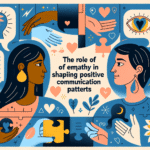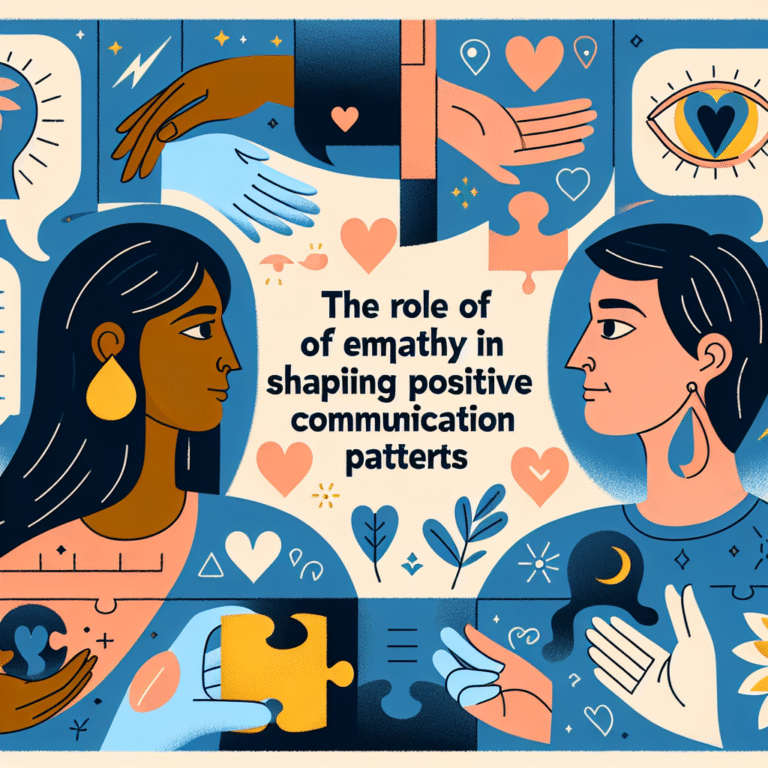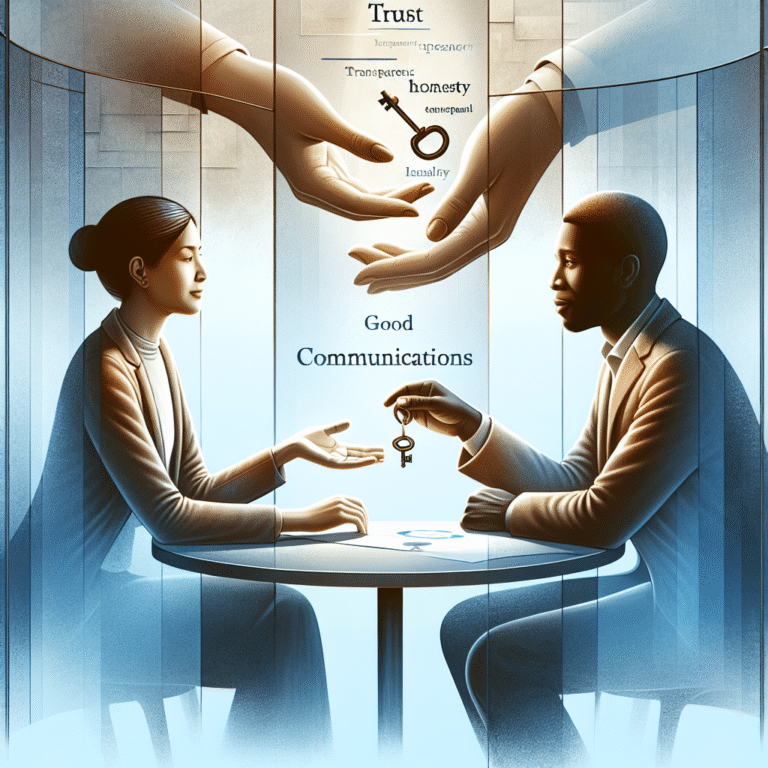
Introduction
Do you constantly feel anxious when you aren’t in control of someone’s happiness? Do you find yourself neglecting your own needs to ensure the well-being of others? If so, you might be experiencing issues related to codependency. Is Codependency Affecting Your Life? Identifying Patterns and Seeking Help is crucial for achieving a healthier balance between your needs and the needs of those around you.
Codependency can deeply impact relationships, mental health, and overall life satisfaction. In this comprehensive guide, we will explore what codependency is, how to identify its patterns, and most importantly, how you can seek the help you need.
Understanding Codependency
What Is Codependency?
Codependency is a behavioral condition often characterized by an excessive emotional or psychological reliance on a partner, typically in a one-sided relationship. It often stems from past traumas, familial patterns, or societal expectations, and manifests as a lack of self-identity, fear of abandonment, and a compulsive need to care for others.
Signs of Codependency
Recognizing symptoms is essential. Here are some common indicators:
- People-Pleasing: Compromising your own needs to make others happy.
- Fear of Abandonment: Extreme anxiety at the thought of someone leaving you.
- Low Self-Esteem: Believing you aren’t worthy unless you are helping others.
- Control Issues: Trying to control others’ actions to maintain your sense of stability.
Case Study: Sarah and Tom
Sarah grew up in a household where her parents fought frequently, and she learned early on to mediate conflicts. In her adult life, she found herself in a relationship with Tom, who was struggling with addiction. Sarah devoted herself to "fixing" him, neglecting her own work and friendships. This pattern left her drained and unhappy, a true epitome of codependency.
Analysis:
Sarah’s experience illustrates how childhood environments can shape codependent behaviors in adult relationships. Identifying the pattern is the first step toward healing.
Are You Codependent? Key Patterns to Identify
The "Giving" and "Taking" Dynamic
One glaring pattern in codependent relationships is an imbalance of giving and taking. Often, one partner (the giver) provides constant support, while the other (the taker) benefits without reciprocating. This arrangement can be emotionally draining.
Difficulty Setting Boundaries
If you struggle to say "no" or feel guilty about prioritizing your own needs, it’s a sign that codependency may be affecting your life. Healthy relationships thrive on mutual respect and understanding, which require well-defined boundaries.
Fear of Conflict
Another common pattern is a fear of conflict, leading to avoidance of important discussions. If you frequently cater to others’ preferences to keep the peace, step back and assess how this affects your well-being.
Table: Signs of Codependency
| Sign | Description |
|---|---|
| People-Pleasing | Prioritizing others’ needs over your own |
| Fear of Abandonment | Anxiety about losing loved ones |
| Control Issues | Attempting to manage others’ behaviors |
| Emotional Turmoil | Periods of extreme emotional highs and lows |
Seeking Help: Your Pathway to Recovery
Professional Guidance
If you recognize any patterns highlighted in Is Codependency Affecting Your Life? Identifying Patterns and Seeking Help, it’s crucial to seek professional assistance. Therapists can provide tools and techniques better suited to understanding and addressing your needs.
Supportive Relationships
Engaging with supportive friends or support groups can make a significant difference. Surround yourself with people who value your well-being and encourage you to take care of yourself.
Self-Reflection and Journaling
Keeping a journal is a powerful tool for self-discovery. Write down your thoughts and feelings regularly; this can reveal deeper insights into your patterns and help you identify triggers.
Case Study: John’s Transformation
John had spent most of his life in codependent relationships, especially with his mother, who relied on him for her emotional stability. After attending a support group for codependency, he learned how to establish boundaries and prioritize his mental health.
Analysis:
John’s transformative journey emphasizes the power of self-reflection and community support in breaking free from harmful patterns.
Embracing Independence
Building Self-Esteem
One of the most crucial steps in overcoming codependency is to build self-esteem. Engage in activities that make you feel good about yourself, whether it’s picking up a new hobby, volunteering, or taking classes.
Practice Assertiveness
Learning to express your needs assertively is key. Use "I" statements to communicate how you feel without assigning blame. For example, "I feel overwhelmed when I take on too many responsibilities."
Cultivate a Balanced Life
Engage in activities that promote balance. Make time for work, socializing, and self-care. When you focus on a well-rounded life, your need for external validation diminishes.
Table: Steps Toward Independence
| Step | Action |
|---|---|
| Self-Reflection | Journal your thoughts and feelings |
| Setting Boundaries | Practice saying "no" when needed |
| Engage in Hobbies | Find activities that bring you joy |
| Seek Support | Join a support group or therapy |
Conclusion
Recognizing the signs of codependency is the first step on the journey to recovery. Is Codependency Affecting Your Life? Identifying Patterns and Seeking Help can empower you to rebuild your sense of self and enjoy healthier, more fulfilling relationships. Take action today—embrace your independence and prioritize your well-being. You are deserving of a happy, balanced life.
FAQs
1. What are the long-term effects of codependency?
Long-term effects can include chronic anxiety, depression, and an unhealthy relationship pattern which may lead to isolation.
2. Can codependency be cured?
While there is no "cure," it can be effectively managed through therapy, self-awareness, and support.
3. How do I start setting boundaries?
Begin by identifying what makes you uncomfortable. Gradually communicate your needs clearly to those around you.
4. How do relationships change after addressing codependency?
Understanding and addressing codependency can lead to healthier, more balanced relationships where both parties support each other.
5. When should I seek professional help?
If you find it challenging to break codependent patterns on your own or experience significant emotional distress, consider consulting a mental health professional.
By implementing these insights and strategies from Is Codependency Affecting Your Life? Identifying Patterns and Seeking Help, you can take meaningful steps towards a more fulfilling and balanced existence. The journey may be challenging, but the rewards of a life lived authentically, free from the chains of codependency, are well worth it.

















